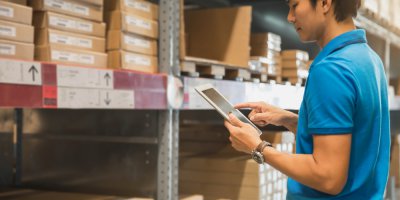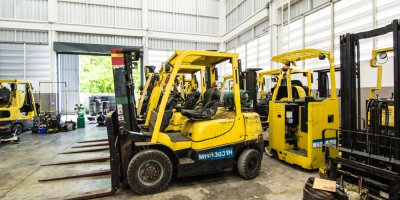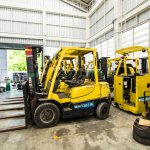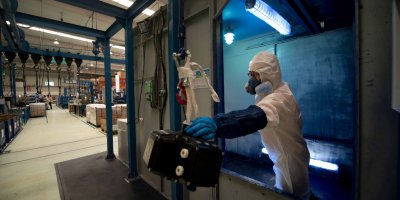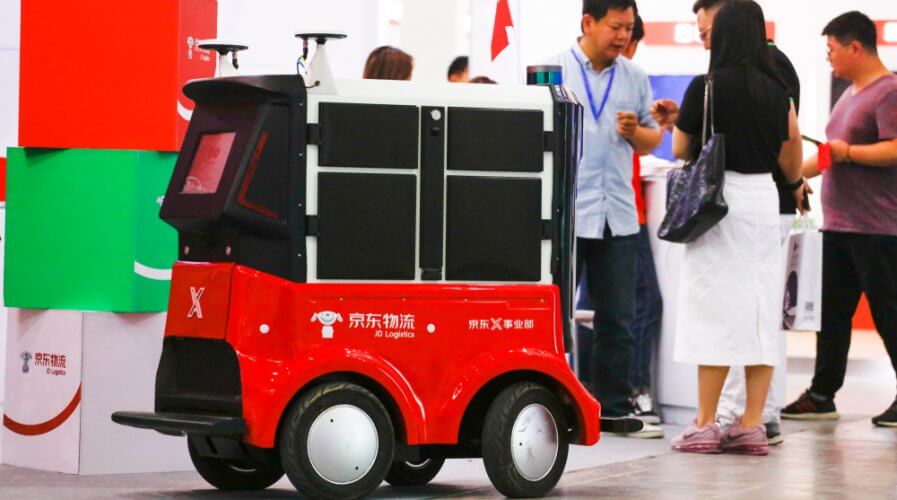
Tomorrow’s logistics professionals will need RPA to integrate intelligence. Source: Shutterstock
What does robotic process automation in logistics look like?
LOGISTICS professionals are quickly beginning to explore how technology can disrupt their workflow.
The reality is that the logistics profession has a lot to gain as a result of technology — far more than they have to lose.
New and emerging technologies such as the internet of things (IoT), artificial intelligence (AI), and 5G are set to help transform how different tasks in logistics are performed and optimized.
Process automation might seem to threaten the jobs of executives in factories and warehouses, and autonomous vehicles might seem to put truck and lorry drivers at risk.
However, there’s a high chance that technology will create interesting opportunities for logistics operators and make their lives simpler instead of displacing them entirely — purely from an economical standpoint.
According to a recent report by McKinsey, “even if a logistics company makes a great choice about the automation equipment to buy, it can run into another problem. The leading warehouse-automation manufacturers have enjoyed strong revenue growth of 15 to 20 percent annually since 2014. At many, order books are now full.”
In the short to medium run, therefore, companies might do better to pick exciting technologies as independent solutions and piece them together via robotic process automation (RPA) to augment the capabilities of existing staff and deliver dependable technology-driven gains to stakeholders.
Deloitte recently published a whitepaper on the topic and said that RPA plays a role that can lead to better outcomes for each phase of the supply chain and also open the door to use of Industry 4.0 technologies throughout.
Here are three examples of how RPA can help logistics professionals leverage new technologies to delight customers:
# 1 | IoT, 5G, and big data
Logistics professionals collect data at various stages.
With 5G coming to life and democratizing IoT, companies will be able to collect data about their products at every stage in the supply chain.
Unfortunately, this data won’t be very helpful unless it’s accurately combed and sorted for different kinds of AI platforms to leverage in real-time.
RPA can help manage the data feeds and ensure that there’s no human error when processing the data that is collected by sensors in an IoT-powered logistics environment.
# 2 | Cloud-based automation
When data is collected by companies via IoT and 5G and sorted via RPA, it can either be processed at the edge or sent to the cloud.
For certain kinds of data, especially those that can provide managerial insights to companies, transferring to the cloud is a better idea.
However, in many cases, the data platform that collects and stores the data might not be able to integrate with the cloud-platform of choice. RPA can provide a bridge to help with this.
Using RPA, logistics professionals can help cloud-based solutions to patch into local data platforms to collect data and analyze it to create intelligent and actionable insights.
# 3 | AI-powered customer experience
With 5G and IoT making it easy to collect and store data, companies can use AI to understand that data and provide insights to customers just as it does for internal managers.
Using RPA, companies can design chatbots that answer customer’s queries about their products, delivery schedules, and other matters related to logistics.
At the end of the day, RPA not only serves as an intelligent facilitator and communicator between different platforms and technologies, but it also helps meld various new-age solutions to delight customers and improve their overall experience.
READ MORE
- Strategies for Democratizing GenAI
- The criticality of endpoint management in cybersecurity and operations
- Ethical AI: The renewed importance of safeguarding data and customer privacy in Generative AI applications
- How Japan balances AI-driven opportunities with cybersecurity needs
- Deploying SASE: Benchmarking your approach

